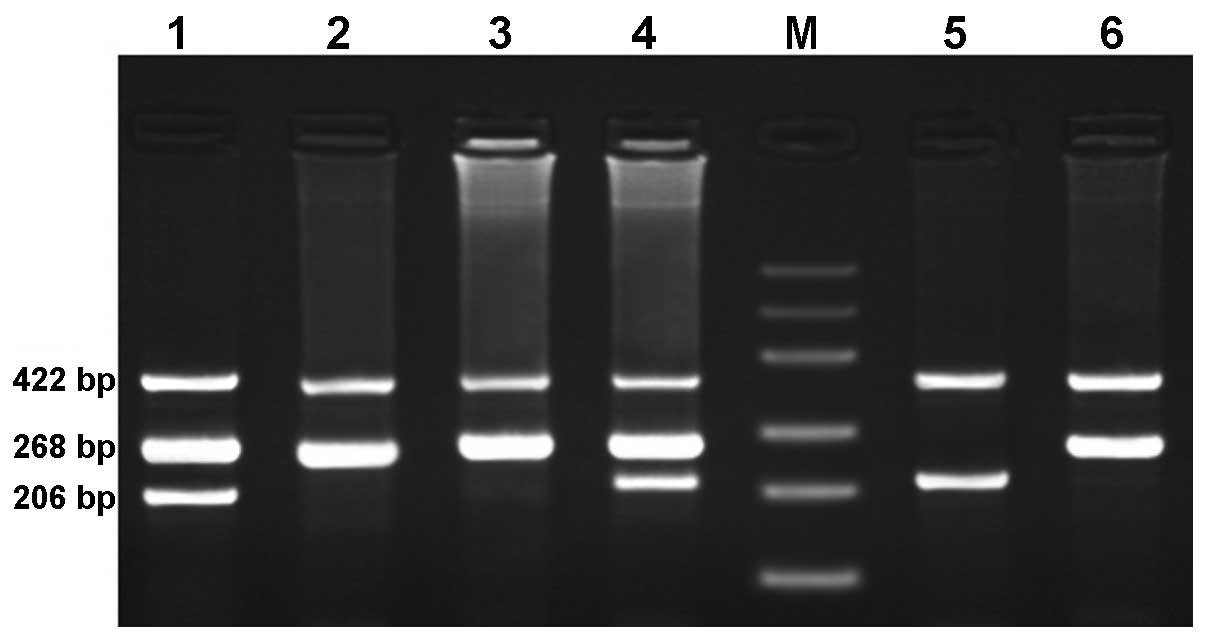Different methods of detecting incomplete bands in western blot techniques

Different methods of detecting incomplete bands in western blot techniques
Colorimetric Detection
This method is based on incubating western blot paper with a substrate that reacts with a reporter enzyme such as Alkalin Phosphatas and Horseradish Peroxidase, which attaches to the secondary antibody and the bands will be visible.
Chemiluminescent Detection
This method is based on incubating a western blot paper with a substrate that, when exposed to the reporter in the secondary antibody, exhibits a luminescence property, and then its light is visible through a photographic film, and recently seen by CCD cameras.
Radioactive Method
This method is more sensitive than other methods. Radioactive tags do not need an enzyme substrate, but by placing the X-Ray medical film in front of the western blot paper and exposing the labels, it creates dark areas that are in line with the desired protein bands. The importance of this method is reduced due to the high cost and health risks.
Fluorescent Detection
In this way, fluorescent labeled probes are excited by light, and their emission is detected by a photographic sensor such as a CCD camera equipped with appropriate radiation filters. The camera takes a digital image of the western blot and allows us to analyze data, such as molecular weight and quantitative western blot analysis. This method is one of the most sensitive detection methods for western blot analysis.
Related posts: The interpretation of paper and unusual bands in Western Blot – Types of materials and equipment required in Western blot techniques